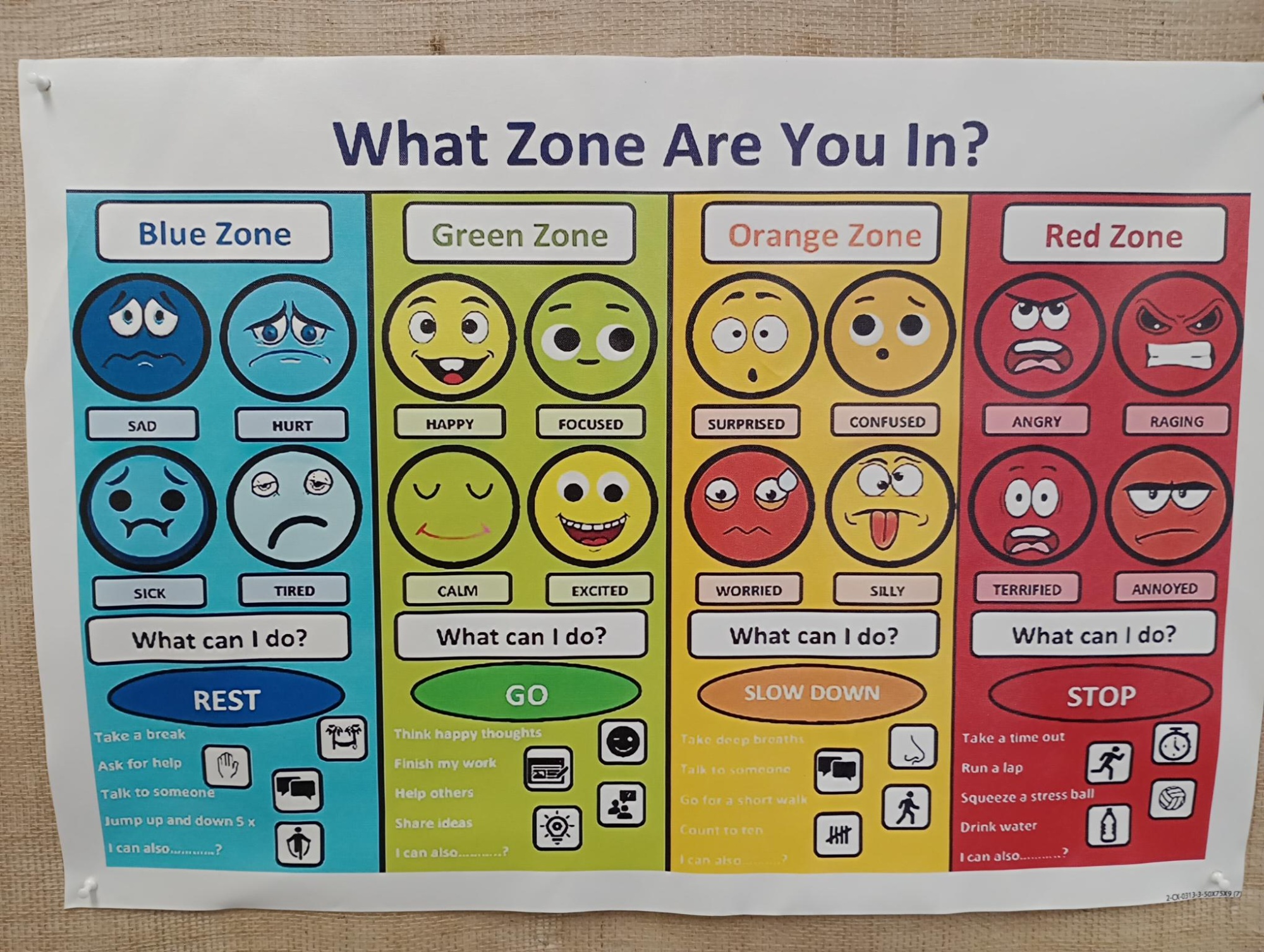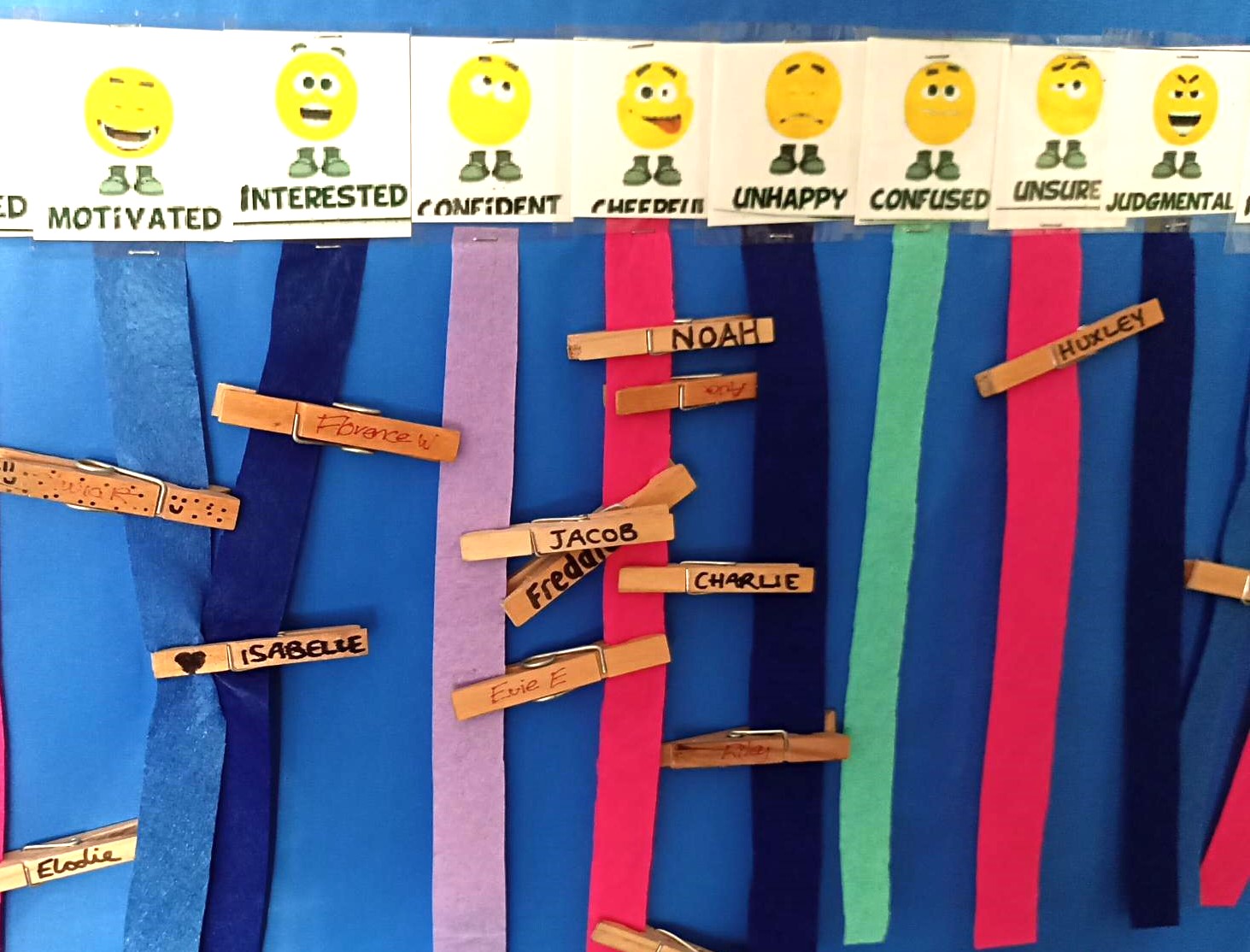As a school, we are extremely proud of the behaviour that our pupils show towards each other and for their learning. This is often something commented upon when families and visitors complete school tours and is reflected in parent surveys where 95%+ of respondents view the school as having good levels of behaviour.
Whilst all of our T.E.A.M.W.O.R.K. values are important, all of the pupils know that Respect is central to what is expected from them. Respect can be seen as 'treating others, how you wish to be treated' and forms the basis of our approach to developing positive behaviour management.
However, it is important to remember that part of our young pupil's personal development is understanding how manage behaviour, both their own and that of others:
- ensuring their own behaviour remains respectful through an understanding of the powerful emotions that control how we treat and behaviour towards others,
- being empowered to resolve negative behaviour without escalation or upset through the NWA Behaviour Toolkit.
The NWA Behaviour Toolkit
Despite the school's belief that we have outstanding behaviour, in our last inspection, this was only seen as 'good' as when asked what they would do if they had a problem, the children answered, speak to a teacher. Quite rightly, it was identified that whilst we had create a safe and well-controlled environment, the school was not empowering our pupils with the skills needed to deal with negative behaviour by themselves.
As a result, the school introduced the North Wootton Behaviour Toolkit, a series of skills and structures that can be used by our pupils independently before seeking adult support:
- Step 1 Ask for an apology - quite often, pupils can cause harm without even being aware. Quite often, recognising this accident and apologising for any hurt is a great starting point.
- Step 2 Rock, Paper, Scissors (RPS) - ChatGPT estimates that 70-90% of trivial disagreements can be solved through RPS. A high percentage of disagreements amongst our pupils our based in sports or playground games and, year of year, we have seen how a simple RPS, can prevent this differing of opinion from escalating.
- Step 3 Peer-to-Peer Restorative Justice (RJ) - Restorative Justice is a practice of exploring conflict and repairing any harm that it has caused pupils. Where conflict cannot be solved through the initial two steps, pupils can ask the class Well-being Leads or Champions to hold an RJ, where in conflicting pupils can each share their point of view and hopefully reach a resolution where any hurt has been acknowledged and both parties feel that they can move on. The Well-Being Pupil Leaders are trained within RJ and will pass this on to a member of staff if no resolution can be found.
- Step 4 Seek Adult Support - RJs continue to be the basis of our conversations as we are keen for pupils to develop empathy and understanding towards how their actions impact others.
In addition, to this toolkit, the school tries to equip pupils with emotional intelligence, that is, an understanding of how to manage their emotions effectively in interactions in order to ensure they are acting in a respectful manner and avoiding conflict wherever possible.
The importance of emotional intelligence
|
For a number of years, the school has used emotion pegs within each classroom to encourage pupils to be able to identify and name the emotions that they are feeling. Class discussions and, where needed, one-to-one support sessions have been used to help pupils understand the impact that these feelings can have upon their learning and interactions with others. |
|
|
From September 2024, we have extended the use of Zones of Self-Regulation - a programme used within one-to-one sessions for a number of years - to a whole-school approach. The aim is to move beyond pupils recognising the impact of their emotions, towards them taking more responsibility for changing these in a more positive way themselves, without the need for adult intervention. |
 |
More on Zones of Self-Regulation
The Zones of Regulation is an internationally renowned intervention which helps children to manage difficult emotions, known as ‘self-regulation’.
Self-regulation can go by many names such as ‘self-control’, ‘impulse management’ and ‘self-management’. Self-regulation is best described as the best state of alertness for a situation. For example, when your child takes part in a sports game, they would need to have a higher state of alertness than when, for example, they were working in a library.
From time to time, all of us (including adults) find it hard to manage strong feelings such as worry, anger, restlessness, fear or tiredness, and this stops us from getting on with our day effectively. Children who feel these emotions often find it hard to learn and concentrate in school. The Zones of Regulation aims to teach children strategies to help them cope with these feelings so they can get back to feeling calm and ready to learn. These coping strategies are called ‘self-regulation’.
We want children at North Wootton to grow into successful teenagers and then adults. Teaching the children at a young age about managing their feelings will support them in later life so that they do not turn to negative coping strategies which affect their mental and physical wellbeing.
We aim to help children to:
- Recognise when they are in the different Zones and learn how to change or stay in the Zone they are in.
- Increase their emotional vocabulary so they can explain how they are feeling.
- Recognise when other people are in different Zones, thus developing better empathy.
- Develop an insight into what might make them move into the different Zones.
- Understand that emotions, sensory experiences such as lack of sleep or hunger and their environment might influence which Zone they are in.
- Develop problem-solving skills and resilience.
- Identify a range of calming and alerting strategies that support them within their Behaviour Toolkit
What are the different Zones?
Blue Zone: low level of arousal; not ready to learn; feels sad, sick, tired, bored, moving slowly.
Green Zone: calm state of alertness; optimal level to learn; feels happy, calm, feeling okay, focused.
Yellow Zone: heightened state of alertness; elevated emotions; has some control; feels frustrated, worried, silly/wiggly, excited, loss of some control.
Red Zone: heightened state of alertness and intense emotions; not an optimal level for learning; out of control; feels mad/angry, terrified, yelling/hitting, elated, out of control.
How can you help your child use The Zones of Regulation at home?
- Identify your own feelings using Zones language in front of your child (e.g.: I’m frustrated. I think I am in the Yellow Zone.”)
- Talk about what tool you will use to be in the appropriate Zone (e.g.: “I need to take four deep breaths to help get me back to the Green Zone.”)
- At times, wonder which Zone your child is in. Or, discuss which Zone a character in a film / book might be in. (e.g.: “You look sleepy. Are you in the Blue Zone?”)
- Engage your child in discussion around Zones when they are in the Red Zone is unlikely to be effective. You need to be discussing the different Zones and tools they can use when they are more regulated / calm.
- Teach your child which tools they can you. (eg: “It’s time for bed. Let’s read a book together in the comfy chair to get you in the Blue Zone.”)
- Regular Check-ins. “How are you feeling now?” and “How can you get back to Green?”
- Modelling It is important to remember to show the children how you use tools to get back to the green zones. You might say “I am going to make myself a cup of tea and do some breathing exercises because I am in the blue zone” and afterwards tell your child how using those tools helped you get back to the green zone.
- Share how their behaviour is affecting your Zone. For example, if they are in the Green Zone, you could comment that their behaviour is also helping you feel happy / go into the Green Zone.
- Put up and reference the Zones visuals and tools in your home.
- Praise and encourage your child when they share which Zone they are in.

